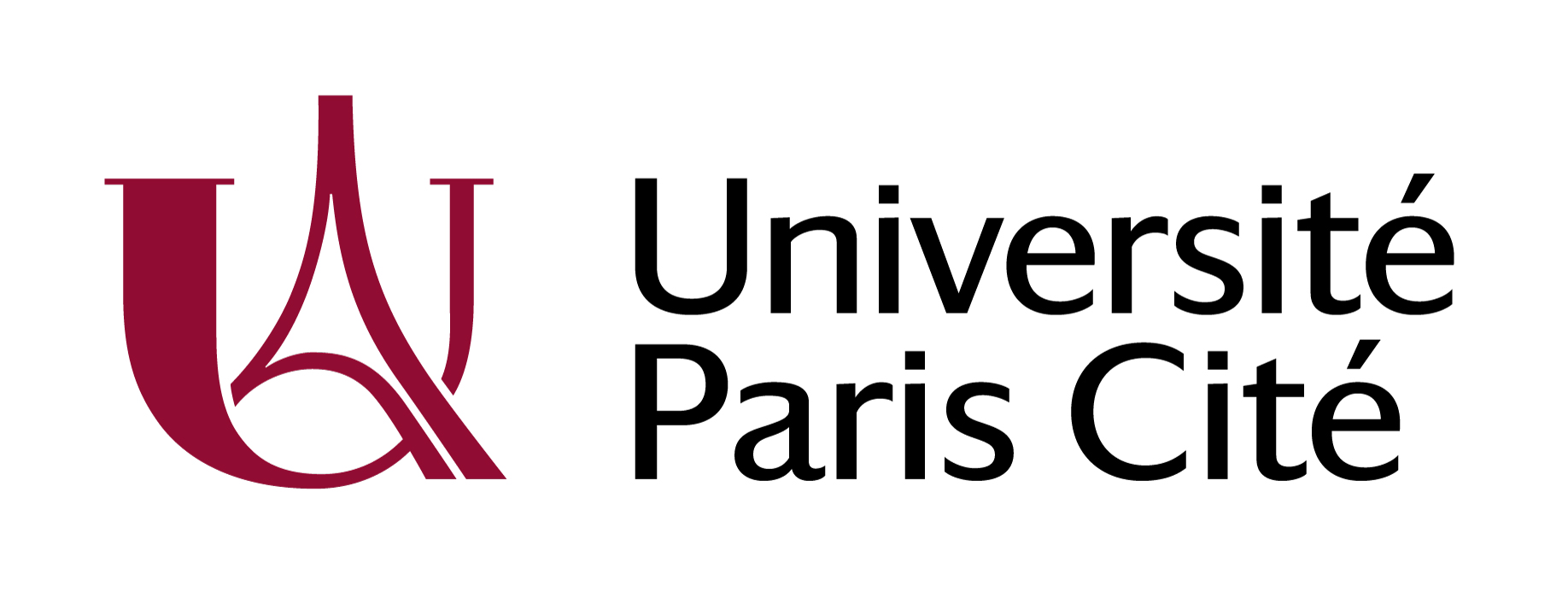A comparative study of Phd abstracts written in English by native and non native speakers across different disciplines
Résumé
Phd abstracts constitute a specific case of specialized academic genre. In the particular case of the French scientific community, they are now nearly always translated into or directly written in English by non native speakers. Therefore, they offer an interesting opportunity to understand how would-be researchers try and build up their authorial stance through this specific type of writing. Besides defining their field of investigation and formulating new scientific propositions, authors have to demonstrate their ability to belong to a discourse community through their mastering of a specific genre. Based on the study of parallel corpora of abstracts written in English by NS and NNS in different disciplines, evidence is given of phraseological regularities specific to NS and NNS. The abstracts belong to different disciplines and fields of research, mainly in hard sciences,
such as “material science”, “information research”,” mathematics didactics”. We analyse more specifically the expression of authorial stance through pronouns and impersonal tenses, modal verbs, adverbs and adjectives. The realization of lexical cohesion is considered as part of the building up of an authorial stance.
Using the theoretical and methodological approach of lexicogrammar and genre study, the
structure analysis of several texts in different disciplines and both languages (L1 and L2)
provides evidence of different discourse planes specific to this type of text (Hunston 2000):
text and metatext, the abstract presenting an account of the thesis, which, in turn, accounts for
and comments the research work. This detailed study makes it possible to distinguish the
different markers used to separate the different planes. It also shows that all abstracts include
the following elements or “moves” (Biber 2008): referential discourse (theoretical basis),
definition of a proposition or hypothesis, an account of the research work, conclusions and/or
prescriptions. This will be mainly shown through the use of a combination of tenses and
pronouns. Verbs and verbs collocations could also be semantically categorized and their
distribution analysed, distribution analysis and semantic categorisation of verbs and their
collocations providing further evidence on communicative strategies in abstracts.
Based on these findings and using concordancing tools, a comparative study of abstracts
written by NS and NNS t reveal significant differences between these two types of texts. This
in turn leads to an interrogation as to the consequences on their specific semantic prosody
and their acceptance by the academic community (Swales 1990).
The results of this study, since they show evidence of phraseological regularities specific to an
academic genre, could be useful for information research, giving leads towards the automatic
recognition of the genre.
Besides, the evidence of important differences between NS and NNS realisations and the
analysis of their consequences will help to define more adapted goals to EAP teaching.
